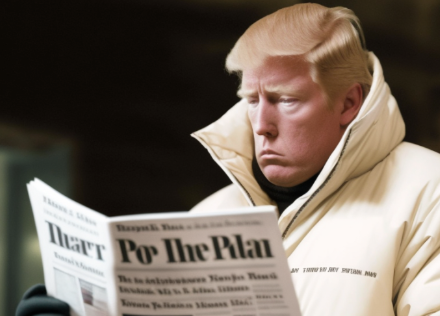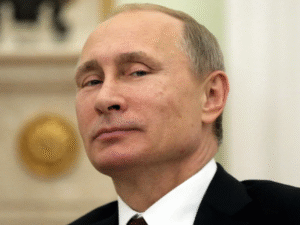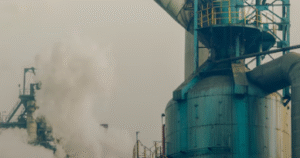$CCJ $DNN $URA
#NuclearPower #EnergySector #Trump #Uranium #Sanctions #Infrastructure #Investment #FutureEnergy #USA #Russia
Trump’s Ambitious Nuclear Expansion Plan: Roadblocks Ahead
In recent developments, President Trump has unveiled a bold vision to expand the United States’ nuclear energy capacity fourfold by the year 2050. This initiative aligns with efforts to diversify the nation’s energy sources away from fossil fuels. However, the path to achieving this goal is fraught with significant obstacles.
Construction Challenges and Timeline
To commence, the construction of nuclear power facilities is notoriously time-intensive. Realistically, it takes at least a decade from planning to operational status. For Trump’s news on nuclear expansion to materialize, stakeholders need to secure permits and start groundwork on these projects immediately. This proactive approach is crucial for aligning with the 2050 timeline.
Dependency on Russian Uranium
Moreover, a critical supply issue looms over this ambitious plan. The U.S. heavily depends on uranium imports from Russia, a relationship complicated by severe sanctions. Despite these geopolitical tensions, the need for Russian uranium remains, presenting a dicey situation for U.S. energy strategy and national security.
Navigating Regulatory and Financial Hurdles
### Regulatory Framework
The regulatory landscape for nuclear energy in the U.S. is complex. Operators must navigate a maze of stringent regulations before breaking ground on new plants. These procedures ensure safety and environmental protection but also add layers of bureaucracy that can delay projects.
### Financial Considerations
The financial aspect of building new nuclear plants is equally daunting. The initial investment is substantial, often running into billions of dollars. Securing funding and justifying the long-term financial outlay require robust financial planning and significant stakeholder buy-in.
The Road Forward
Despite these hurdles, the potential benefits of expanding nuclear power are immense. Nuclear energy offers a reliable, low-carbon alternative that can significantly reduce greenhouse gas emissions. The key to success lies in addressing these challenges head-on, fostering innovation, and enhancing international cooperation, particularly in uranium sourcing.
For more insights on how these developments impact the stock market, you can explore detailed analyses in the stock market section of our website.
Conclusion
President Trump’s plan to quadruple nuclear capacity by 2050 sets a high bar for the U.S. energy sector. While the vision is clear, the journey is cluttered with both old and new hurdles. Addressing these effectively will determine the feasibility of this nuclear future. Transitioning smoothly from planning to execution will require unprecedented levels of coordination, innovation, and commitment from all stakeholders involved.







Comments are closed.